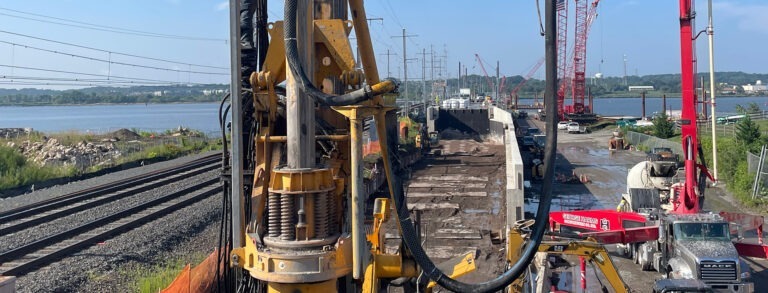Projects
Haley & Aldrich is dedicated to delivering successful, sustainable project outcomes — no matter how complex the road to get there.

New Jersey Transit, Hardesty & Hanover, and Gannett Fleming JV · Perth Amboy and South Amboy, New Jersey
Haley & Aldrich is dedicated to delivering successful, sustainable project outcomes — no matter how complex the road to get there.

New Jersey Transit, Hardesty & Hanover, and Gannett Fleming JV · Perth Amboy and South Amboy, New Jersey